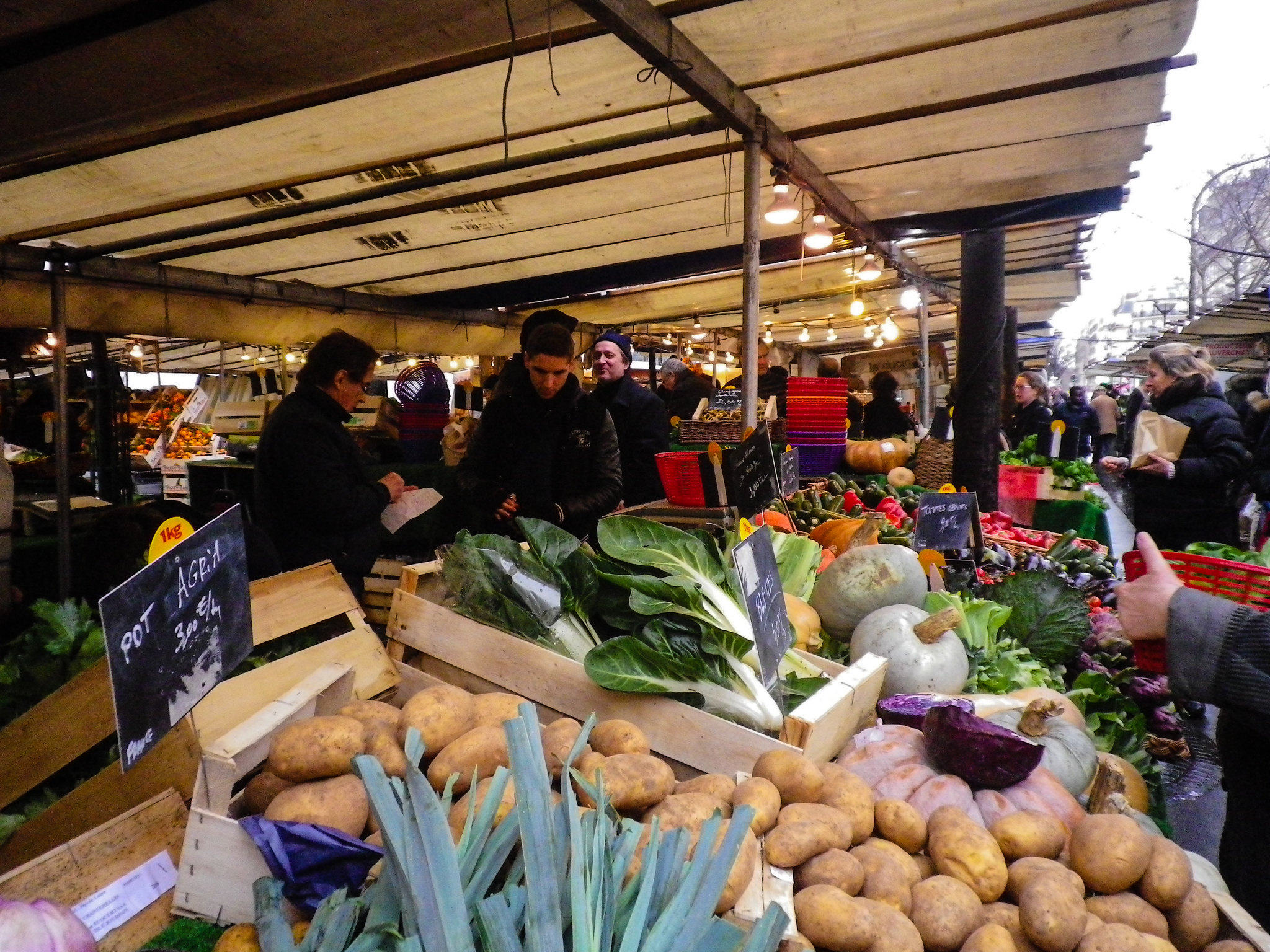https://www.picturesquevoyages.com/wp-content/uploads/2018/06/place-des-vosges.jpg
567
567
admin8800
https://www.picturesquevoyages.com/wp-content/uploads/2019/02/picturesquevoyageslogo-300x68-2-300x68.png
admin88002020-04-28 15:41:182020-04-29 15:35:13Surprising Stories: La Place Des Vosges: Fashion and Architecture in the Marais
https://www.picturesquevoyages.com/wp-content/uploads/2020/04/Bagatelle_01.jpg
538
800
admin8800
https://www.picturesquevoyages.com/wp-content/uploads/2019/02/picturesquevoyageslogo-300x68-2-300x68.png
admin88002020-04-18 18:12:552020-04-19 09:05:51Surprising Stories: A Princely Wager at Bagatelle
https://www.picturesquevoyages.com/wp-content/uploads/2020/04/29314471652_b81854a0a2_k.jpg
1536
2048
admin8800
https://www.picturesquevoyages.com/wp-content/uploads/2019/02/picturesquevoyageslogo-300x68-2-300x68.png
admin88002020-04-10 12:36:252020-04-10 14:53:39Surprising Stories: Monet's Water Lilies, from Giverny to the Musée de l'Orangerie
https://www.picturesquevoyages.com/wp-content/uploads/2020/04/Anti-chambre-du-roi.jpg
1331
2000
admin8800
https://www.picturesquevoyages.com/wp-content/uploads/2019/02/picturesquevoyageslogo-300x68-2-300x68.png
admin88002020-04-03 14:54:492020-04-10 12:34:35Surprising Stories: Dining at Versailles: What happened to the Leftovers?
https://www.picturesquevoyages.com/wp-content/uploads/2020/03/black-swans-at-Malmaison.jpg
480
640
admin8800
https://www.picturesquevoyages.com/wp-content/uploads/2019/02/picturesquevoyageslogo-300x68-2-300x68.png
admin88002020-03-26 15:16:162021-03-20 10:47:58Surprising Stories: Joséphine’s Black Swans
https://www.picturesquevoyages.com/wp-content/uploads/2020/02/Muscade-Paris-2.jpg
488
950
admin8800
https://www.picturesquevoyages.com/wp-content/uploads/2019/02/picturesquevoyageslogo-300x68-2-300x68.png
admin88002020-02-10 06:25:312020-02-11 07:07:29A Romantic Tour Under the Arcades of Paris: Chocolate, Pastries, Perfume & More
https://www.picturesquevoyages.com/wp-content/uploads/2020/01/IMG_4142.jpg
3024
4032
admin8800
https://www.picturesquevoyages.com/wp-content/uploads/2019/02/picturesquevoyageslogo-300x68-2-300x68.png
admin88002020-01-20 17:34:312020-01-23 12:54:15Nature into Art: Reversing the Picturesque
https://www.picturesquevoyages.com/wp-content/uploads/2019/12/horaires-noel.jpg
1596
2418
admin8800
https://www.picturesquevoyages.com/wp-content/uploads/2019/02/picturesquevoyageslogo-300x68-2-300x68.png
admin88002019-12-09 13:44:412019-12-10 10:03:31A Memorable Holiday Season at French Castles
https://www.picturesquevoyages.com/wp-content/uploads/2019/12/Maison-Fragile.jpg
1000
1000
admin8800
https://www.picturesquevoyages.com/wp-content/uploads/2019/02/picturesquevoyageslogo-300x68-2-300x68.png
admin88002019-12-03 11:22:322019-12-03 14:40:16Gardens to Gifts: Picturesque Voyages Holiday Gift Guide
https://www.picturesquevoyages.com/wp-content/uploads/2019/11/14698153414_5ff62afa3e_k.jpg
1536
2048
admin8800
https://www.picturesquevoyages.com/wp-content/uploads/2019/02/picturesquevoyageslogo-300x68-2-300x68.png
admin88002019-11-18 16:46:222019-11-21 11:46:28Garden to Table: Organic and Farmer Direct Products in Paris
Scroll to top
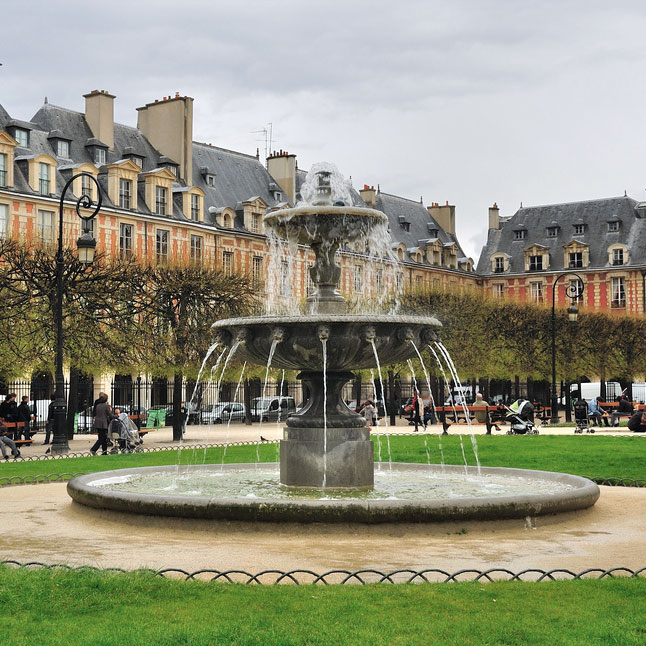

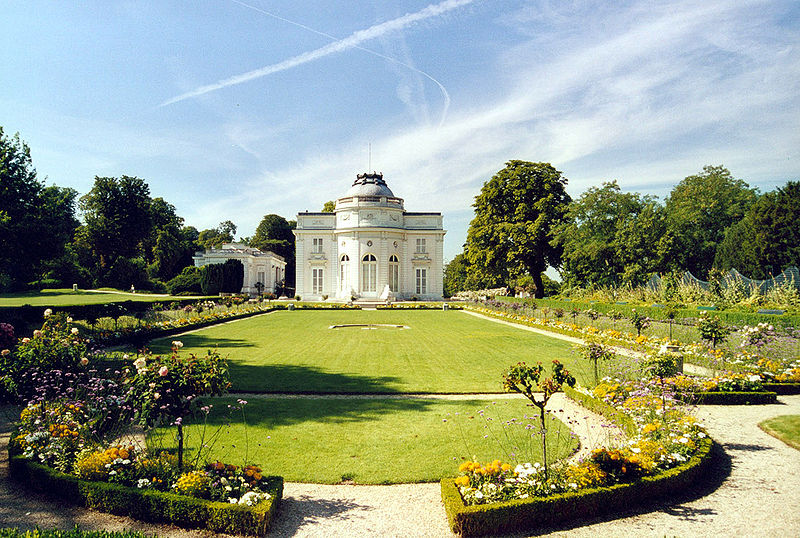
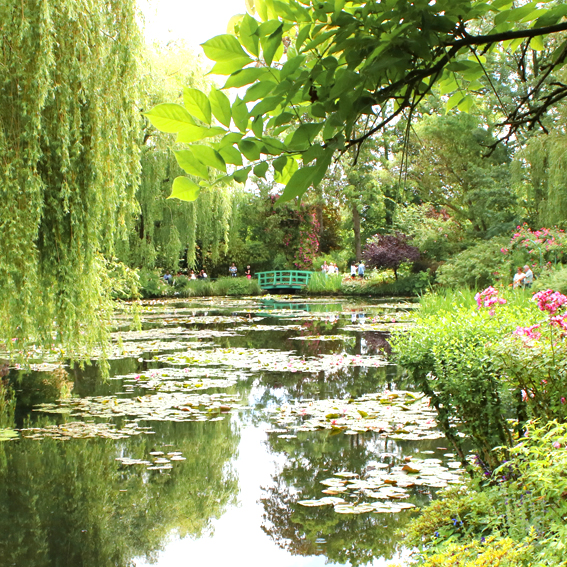 With the arrival of spring blossoms and warmer weather, it is all the more challenging to be confined to our homes. It was the goal of many Impressionist artists to capture this moment of nature’s splendor and few achieved this as gloriously as Claude Monet. Dreaming of his radiant gardens can offer some respite from our newly restrictive daily lives, especially his meditative water lily panels. These masterpieces have made the Musée de l’Orangerie one of the most famous museums in Paris, however, few know that the museum would not have been possible without the tireless efforts of Georges Clemenceau; then the Prime Minister of France and friend of Monet. This edition of our
With the arrival of spring blossoms and warmer weather, it is all the more challenging to be confined to our homes. It was the goal of many Impressionist artists to capture this moment of nature’s splendor and few achieved this as gloriously as Claude Monet. Dreaming of his radiant gardens can offer some respite from our newly restrictive daily lives, especially his meditative water lily panels. These masterpieces have made the Musée de l’Orangerie one of the most famous museums in Paris, however, few know that the museum would not have been possible without the tireless efforts of Georges Clemenceau; then the Prime Minister of France and friend of Monet. This edition of our 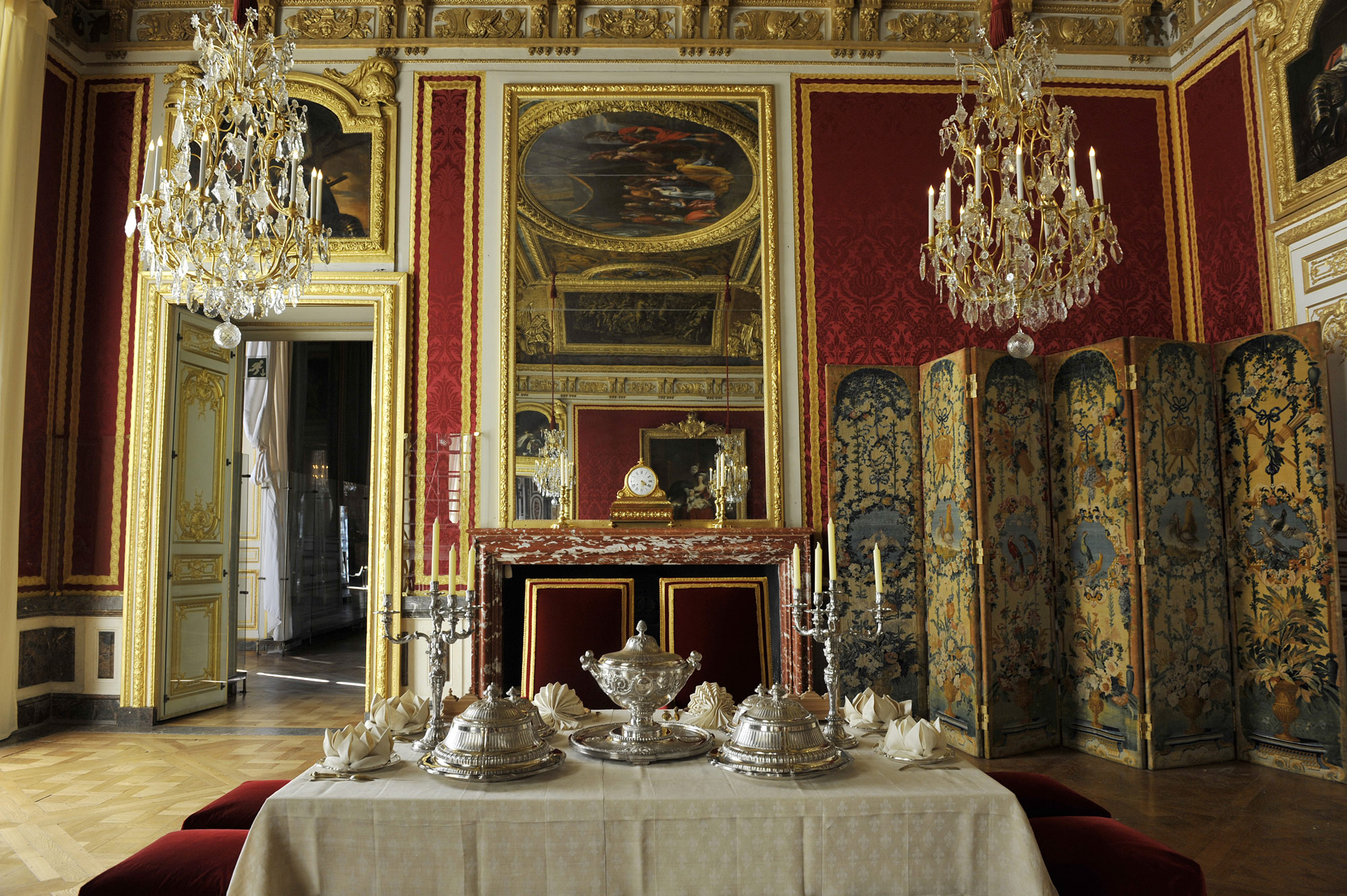
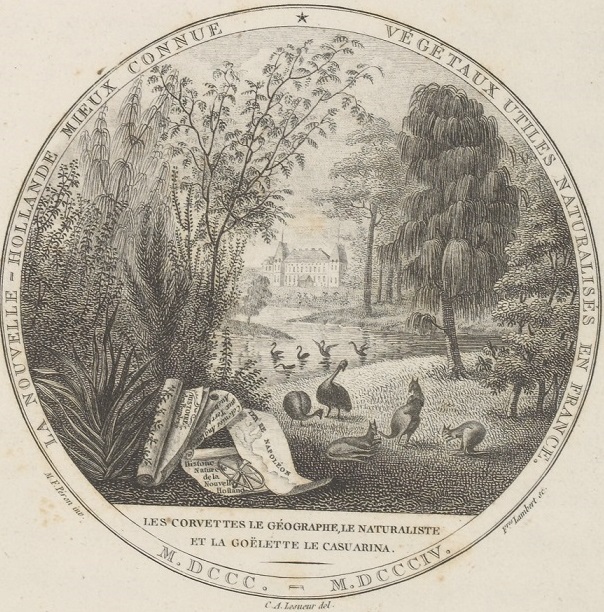
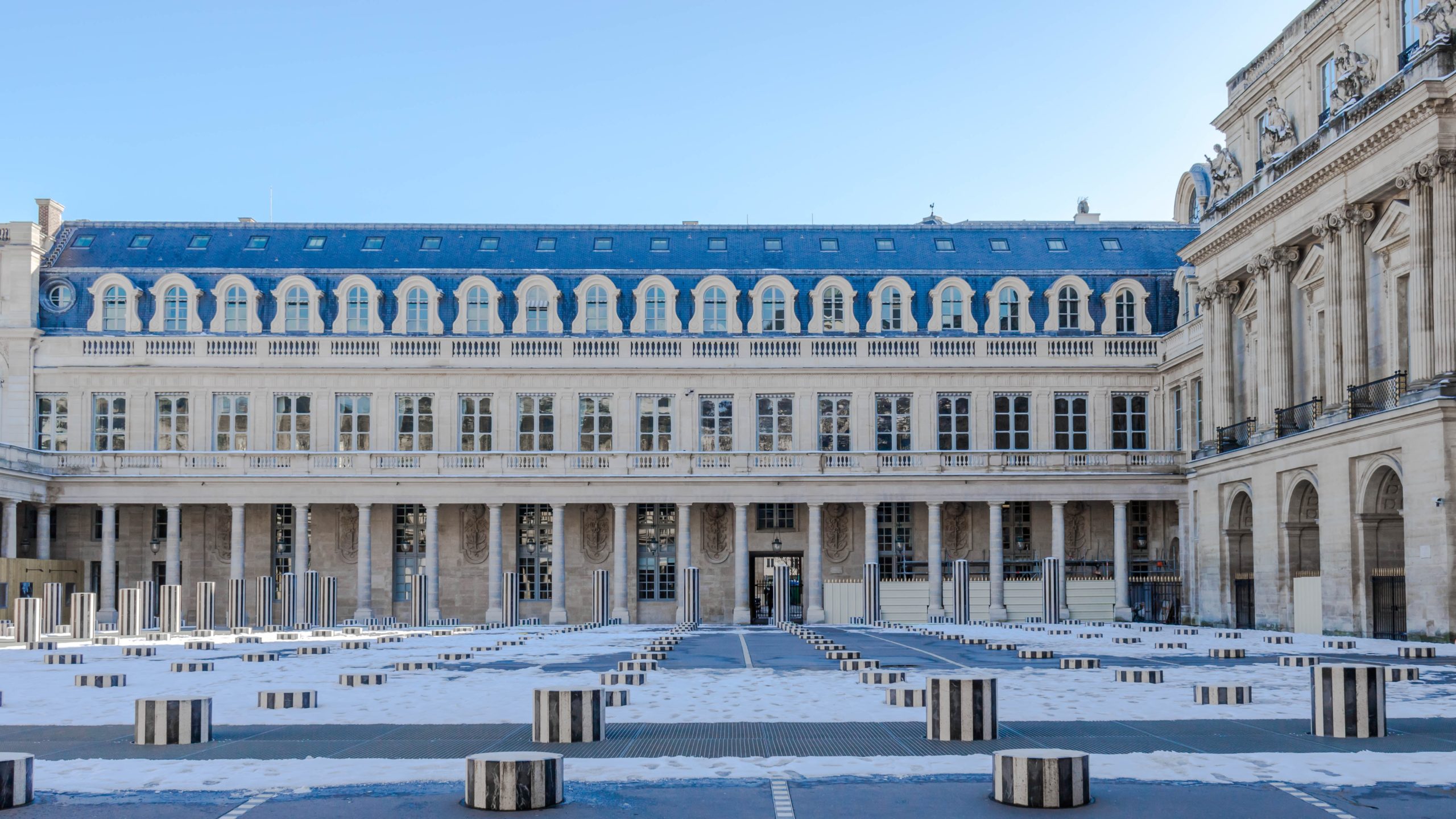
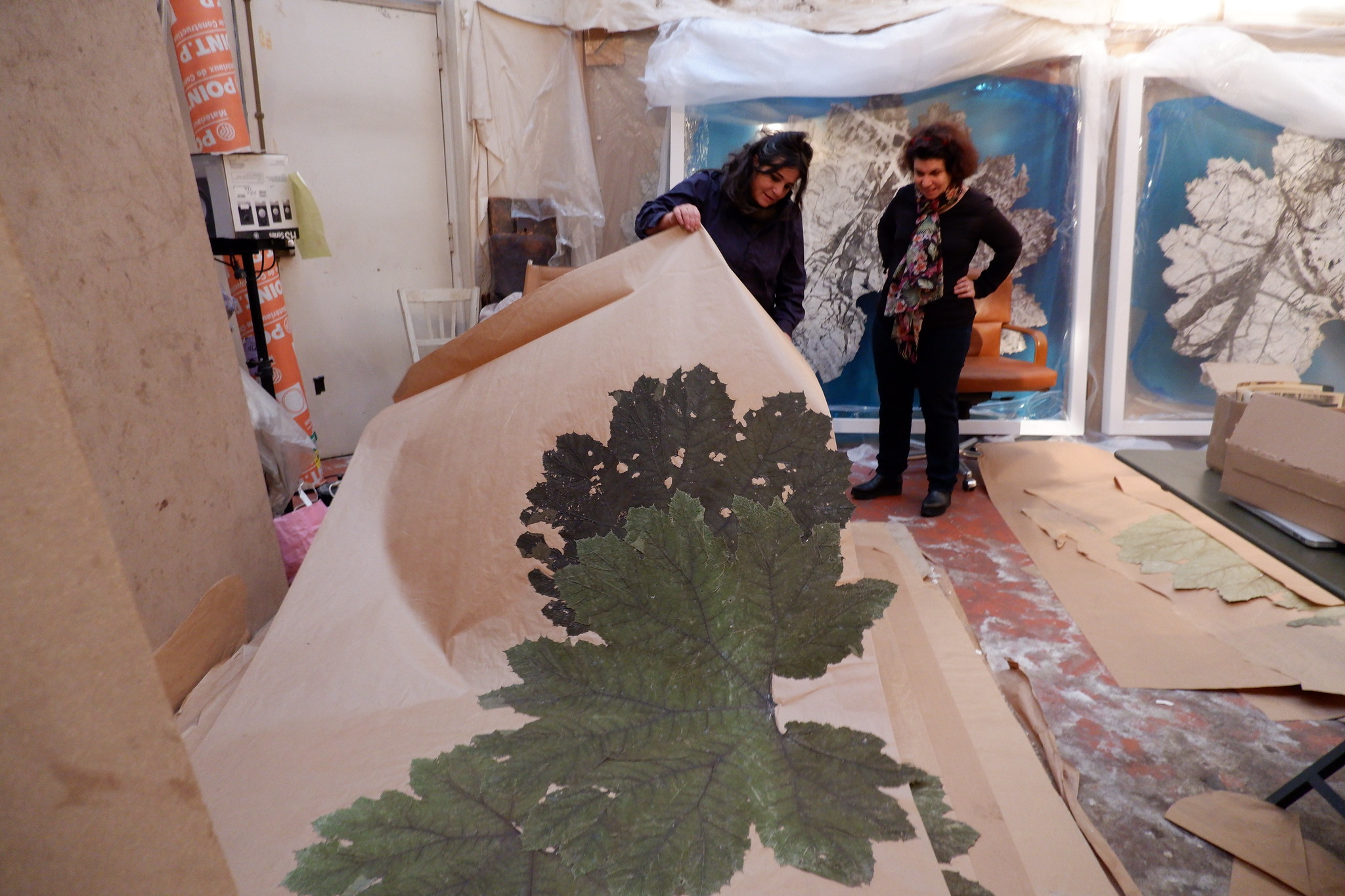

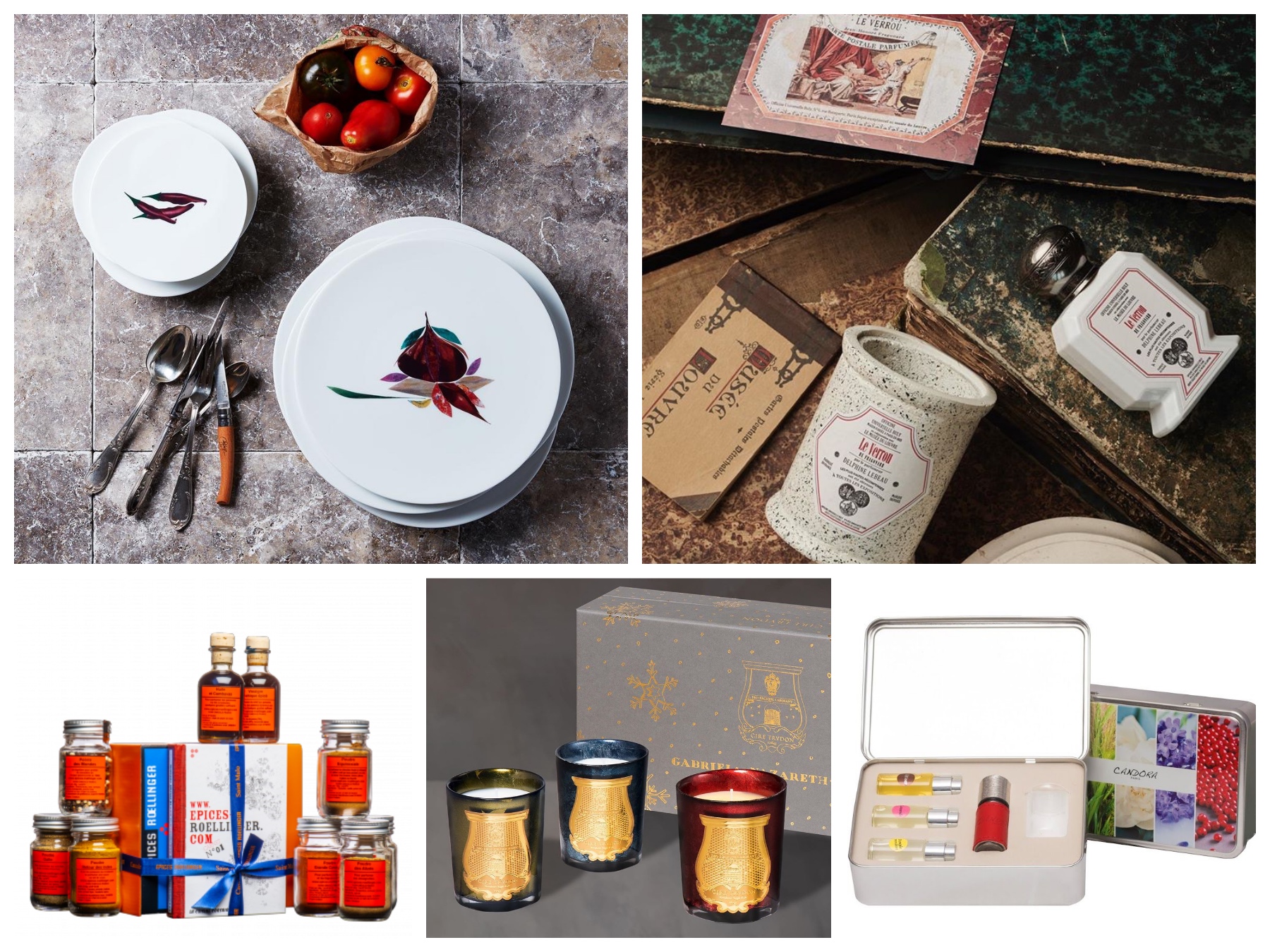 For millennia the bounty of French gardens has been transformed into a wide array of artisanal goods, from gastronomy to housewares. These centuries’ old traditions are being maintained, or revisited, by a variety of craftsmen and entrepreneurs around the country. Through
For millennia the bounty of French gardens has been transformed into a wide array of artisanal goods, from gastronomy to housewares. These centuries’ old traditions are being maintained, or revisited, by a variety of craftsmen and entrepreneurs around the country. Through 